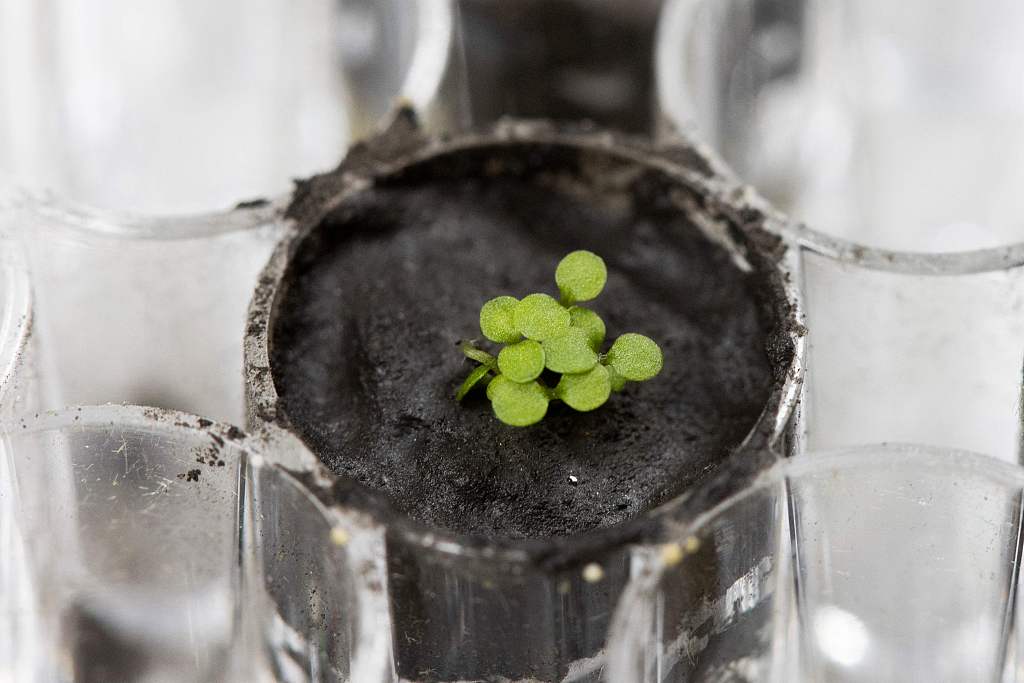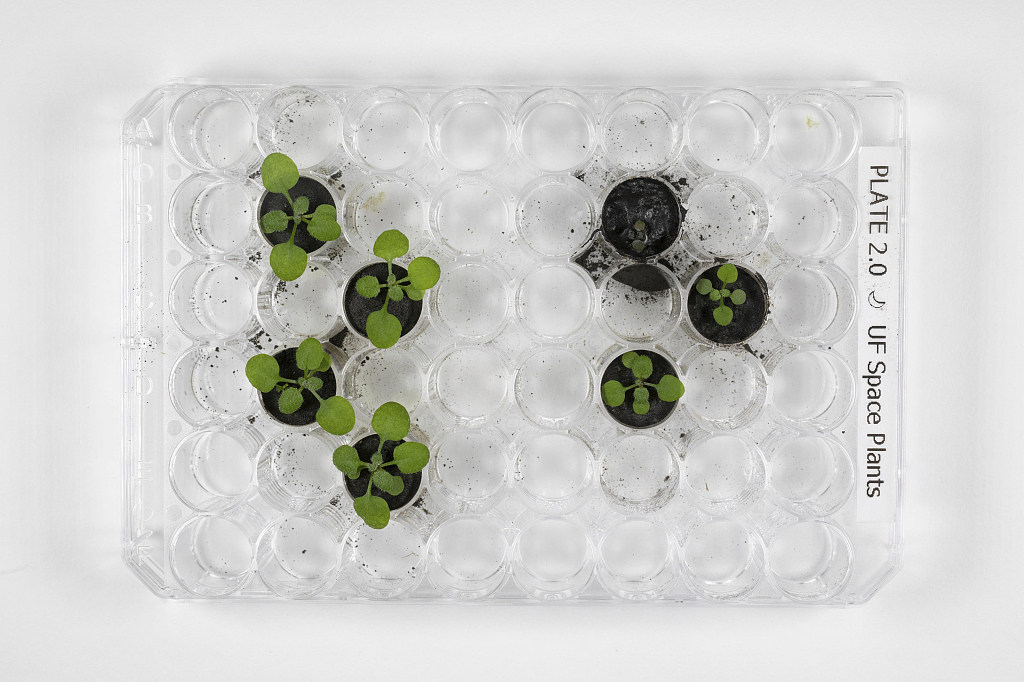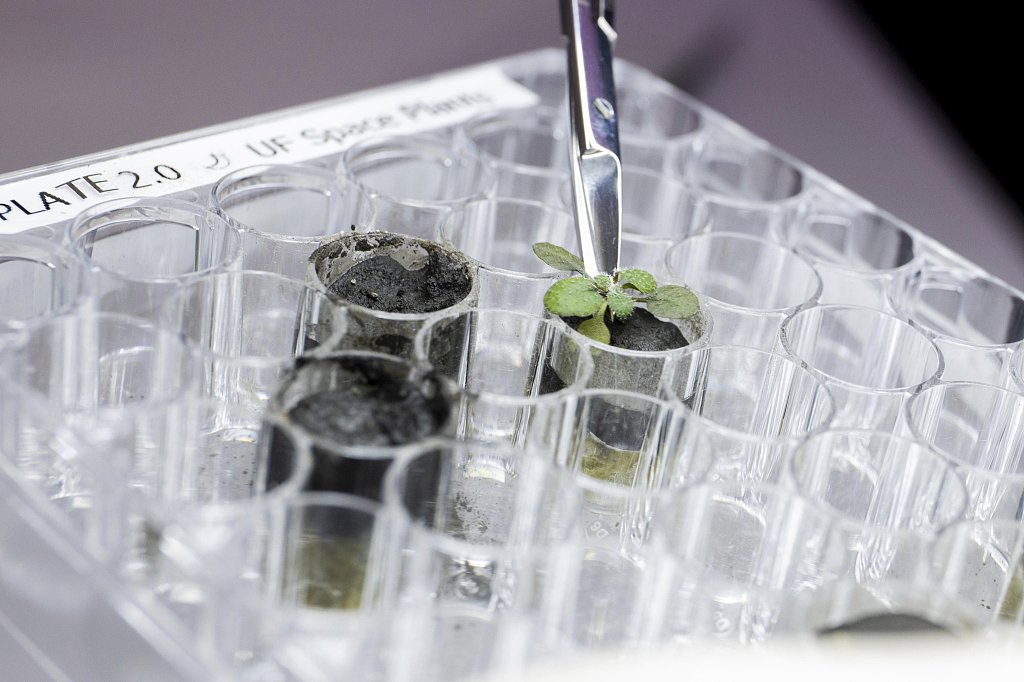Scientists at the University of Florida have grown plants in lunar soil samples, according to a NASA-funded study published on May 12 in the journal Communication Biology.
This is the first time that researchers have grown Arabidopsis thaliana in the nutrient-poor lunar regolith. In the study, researchers planted the seeds in lunar soil, which was sampled directly from the moon from missions Apollo 11, 12 and 17.
Why did researchers use Arabidopsis for the study instead of other species?
Arabidopsis is a small flowering plant that belongs to a member of the mustard (Brassicaceae) family, which includes cultivated species such as cabbage and radish. It is widely used as a model organism in plant biology, just as the fruit fly is in animal biology as a model organism.
To explain a complicated question, it's better to start with the simplest things, and model organism is such a start. Arabidopsis, which has several traits, is a good model organism for laboratory study.

Scientists at the University of Florida have grown plants in lunar soil samples. /VCG
Scientists at the University of Florida have grown plants in lunar soil samples. /VCG
The fast life cycle of Arabidopsis thaliana, which takes only six weeks from seed germination to seed maturity, allows scientists to test their ideas by conducting more experiments in as little time as possible, according to Shi Jun, member of Botanical Society of China.
A single Arabidopsis can produce from 3,000 to 10,000 seeds. Also, dozens of Arabidopsis can thrive in a single flower pot. It requires only light, air, water and a few minerals to complete its life cycle.
The genetic structure of it is simple. It has only five pairs of chromosomes (DNA is looped and coiled into a structure called a chromosome), while apple has 17 pairs of chromosomes and human has 23 pairs of chromosomes. The smaller the number of chromosomes, the easier it is to study.

Arabidopsis is a small flowering plant that belongs to a member of the mustard (Brassicaceae) family, which includes cultivated species such as cabbage and radish. /VCG
Arabidopsis is a small flowering plant that belongs to a member of the mustard (Brassicaceae) family, which includes cultivated species such as cabbage and radish. /VCG
What's more, its genome (an organism's complete set of DNA) is also remarkably simple, with most gene sequences being single-copy, providing an important basis for rapidly locating and editing genes, he added.
As such, scientists already know what its genes look like and how it behaves in different circumstances.
Though it's not of major agronomic significance, it offers important advantages for basic research in genetics and molecular biology.

It offers important advantages for basic research in genetics and molecular biology. /VCG
It offers important advantages for basic research in genetics and molecular biology. /VCG
According to NASA, after days of planting, the seeds started to sprout. However, the plants grew slowly and had stunted roots. Additionally, some had stunted leaves and sported reddish pigmentation.
After the plants had grown for 20 days, researchers harvested the plants and prepared to study the plant RNA. The expressed gene patterns matched the way in which researchers had seen Arabidopsis react to stress before in other harsh environments, such as when soil carries excess salt or heavy metals.
"The fundamental role of lunar soil is to give plants space and support to attach to. Providing nutrients is not the key. It's possible to grow plants on the moon through methods such as hydroponics, but using soil could greatly reduce the cost of cultivation," said Shi Jun.
The study is critical to NASA's long-term human exploration goals, said NASA Administrator Bill Nelson in a press release from NASA. It could also help them understand how plants might overcome stressful conditions in food-scarce areas here on Earth, he added.
(If you want to contribute and have specific expertise, please contact us at nature@cgtn.com.)

